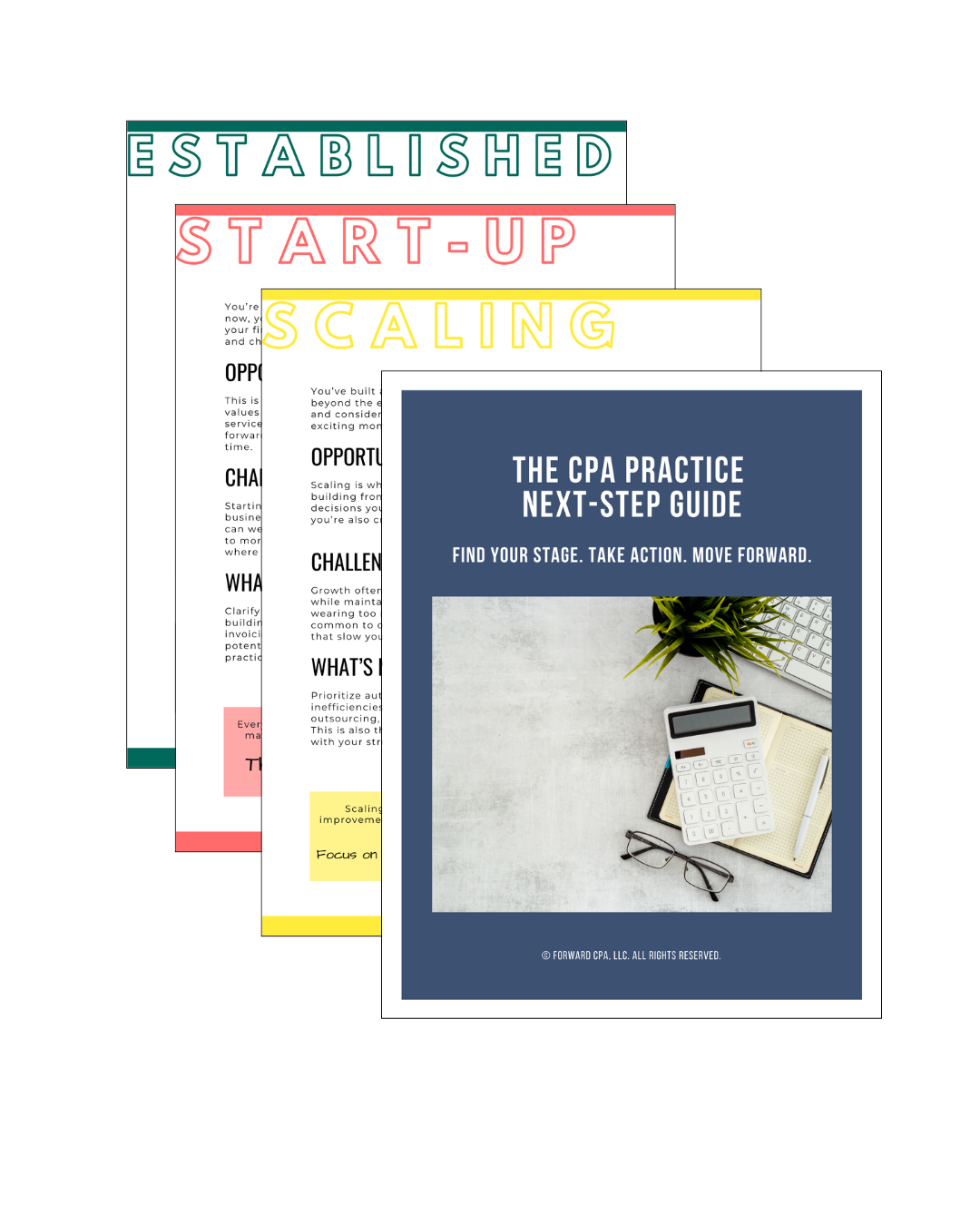Reimagining the Government Audit from the Ground Up
May 21, 2025
Government audits are important work. They ensure transparency, protect public funds, and provide decision-makers with accurate financial information.
But if we’re honest?
The process we use to get there is needlessly complex, inefficient, and outdated.
Too many audits are built on a foundation of workarounds:
-
Reused spreadsheets
-
Manual tie-outs
-
Emails that double as to-do lists
-
Last-minute cleanups on poorly kept records
-
Disclosures copied forward without critical review
It’s not that CPAs don’t care. It’s that the tools and systems we rely on haven’t kept up with the complexity of the work.
Maybe it’s time we stop tweaking the same tired process and start asking:
What would the governmental audit look like if we redesigned it from scratch?
The Problem Isn't the Standards - It's the Structure
The GASB and Yellow Book requirements are here to stay. That’s not the problem.
The problem is that we’re trying to meet those standards using:
-
Generic audit software
-
Clunky Word docs
-
Overloaded Excel files
-
Templates built for private companies, not public funds
We’re spending hours wrangling formatting, rechecking disclosures, retyping note tables, and reviewing files that look different on every engagement.
That’s not sustainable. And it’s not scalable.
What If the Government Audit Was Built for the Way We Work Today?
Imagine a process where:
- The trial balance loads into a standardized format, mapped by fund type
- Workpapers are pre-labeled, pre-linked, and tied to GASB standards
- Note disclosures are pulled from a smart library - editable, auditable, and formatted automatically
- Your client uploads their documents into a structured intake form with built-in validations
- Audit adjustments generate a reconciliation and flow directly to the financials
- Review notes are centralized, timestamped, and easy to clear
Sound like a dream?
It shouldn't be.
We Don't Need More Checklists - We Need a New Foundation
Firms try to solve the audit pain with more checklists, more reviewers, or more staff. But what we really need is:
-
Smart automation that saves hours without sacrificing quality
-
Built-in guidance that helps junior staff get up to speed quickly
-
Client-facing tools that make PBC collection and communication seamless
-
Templates and workflows that reflect the unique needs of government audits
This isn’t about doing less work.
It’s about doing more meaningful work, without drowning in the admin.
What Would That Change for Your Firm?
If you didn’t have to:
-
Manually format the financials
-
Hunt down missing trial balance lines
-
Recalculate every AJE impact by hand
-
Rebuild note tables from scratch
-
Or worry that your staff might miss a Yellow Book requirement
…how many more clients could you serve?
…how much more could you train, lead, or review?
…how much stress could you remove from audit season?
It's Time to Rethink the Process
The government audit isn’t broken because of the work—it’s broken because of how we’re doing the work.
If we want to attract new talent to this niche, deliver timely, high-quality audits, and stay sane during audit season, we need a new way forward.
It starts with reimagining what’s possible—and then building tools, systems, and support to match the real needs of firms doing this critical work.
Because the government audit still matters.
But it needs to work—for the auditors too.
Your Next Step Forward
Join the newsletter designed to help CPAs take the next best step in building a practice they love, with practical insights, game-changing tools, and quick wins in every email.
We hate SPAM. We will never sell your information, for any reason.




